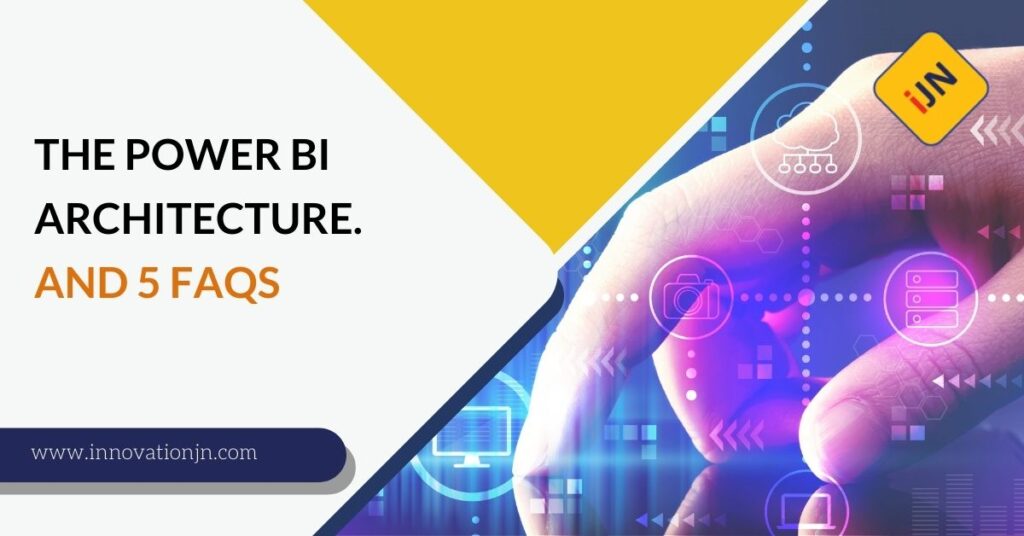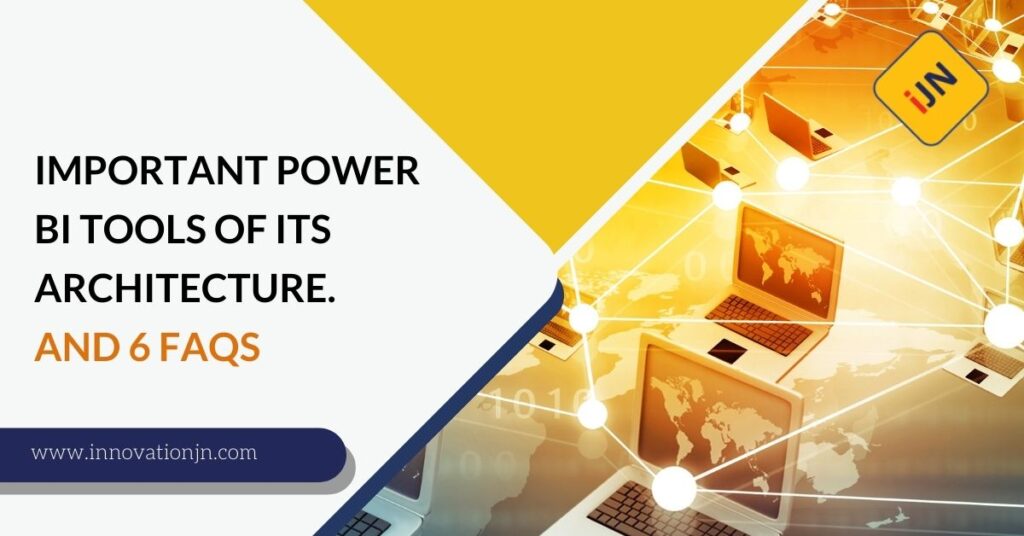The Power BI Architecture. And 5 FAQs

Power BI is a Business Intelligence facility that can help companies gain a competitive advantage. Power BI tools are components of this online data visualization and analytics platform that allow companies to analyze data quickly, identify trends and make intelligent decisions accordingly. Power BI architecture is the structure that the entire Power Bi concept stands […]
Important Power Bi Tools of its Architecture. And 6 FAQs

Microsoft Power BI tools are a set of facilities inside the Power Bi architecture framework that help implement the entire paradigm of data and its analysis effectively. Power BI tools allow users to create interactive dashboards and reports to clearly and easily understand their data. In this article, we will inform you in detail about […]
